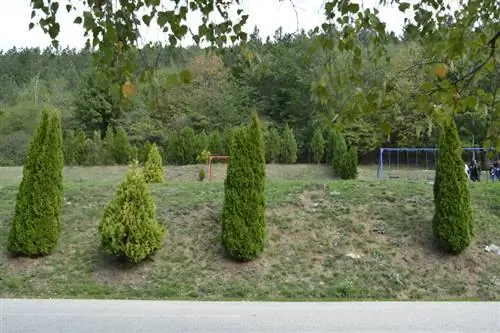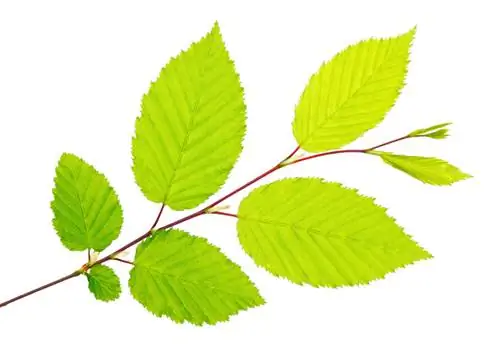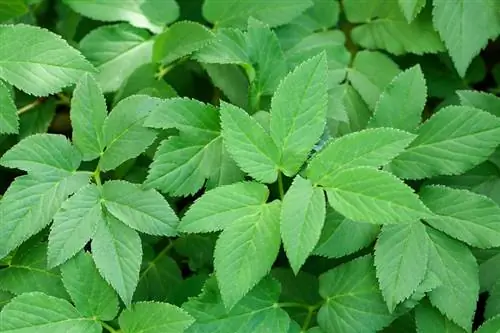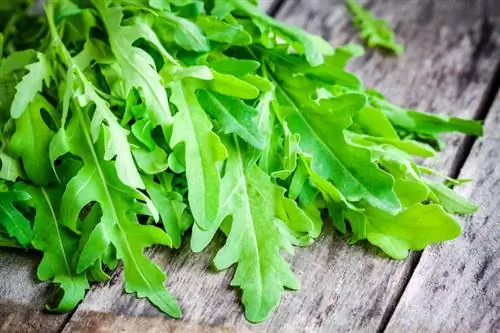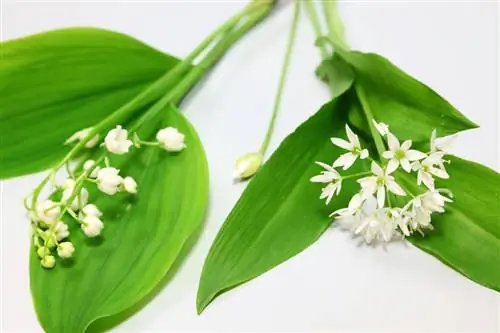- Author admin [email protected].
- Public 2023-12-16 16:46.
- Last modified 2025-01-23 11:20.
At first glance, false cypress (Chamaecyparis) and thuja (Thuja occidentalis) look very similar. This is not surprising, as both belong to the cypress family. However, there are a few features that will help you tell the difference.
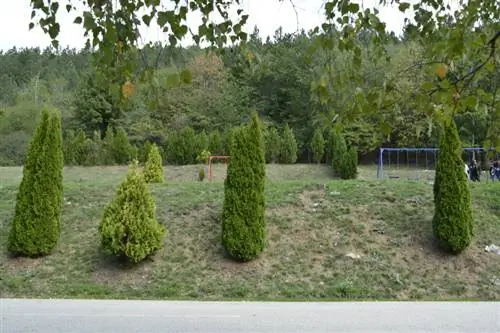
How do you distinguish false cypress and thuja?
Mock cypresses and thujas can be distinguished by the following characteristics: slightly inclined tops of false cypresses, more delicate foliage of false cypresses, stable foliage color in winter of false cypresses, lemony scent of false cypresses and spicy scent of thujas. Thuja is also better suited to shady locations.
Distinguishing features
- Slightly inclined treetops
- Foliage color
- Leaf shape
- Fragrance
- Location
Slightly inclined treetops
In contrast to arborvitae (thuja), the tops of false cypresses slope slightly. This distinguishing feature can be seen at first glance.
Mock cypresses are more delicate
The foliage of false cypresses appears more delicate than that of thujas. The needles are often arranged in such a way that they look like shells.
The needle-like leaves are also very slightly twisted. This is particularly noticeable in the blue cypress, whose needles have the typical bluish discoloration on the underside. The slight rotation gives the blue cypress its steel blue appearance.
Change in color of foliage in winter
The color of the foliage of false cypress trees does not change in winter. The foliage of the Thuja, on the other hand, becomes darker in almost all varieties.
Take the smell test
The clearest distinguishing feature is the scent of the needles.
Rub the needles lightly with your hand. The false cypress smells slightly of lemon. The thuja, on the other hand, exudes a spicier aroma of cloves, which is a little reminiscent of Christmas.
Be sure to wash your hands afterwards and under no circumstances rub them over your face. The essential oils in the needles are irritating to the skin and cause symptoms of poisoning if ingested.
Thuja better suited for shady locations
The tree of life or thuja copes better with a shady location than the false cypress. This remains rather small and inconspicuous if there is no light.
If you want to grow a dense, evergreen hedge even in the shade, you should choose Thuja.
Thuja has an even higher nutrient requirement than false cypress. You therefore have to fertilize the plants frequently and supply them with compost, horn shavings or special cypress fertilizer (€12.00 on Amazon).
Tip
The essential oils of cypress plants are poisonous. If there are small children and pets, you should not plant false cypresses or thuja in the garden.

